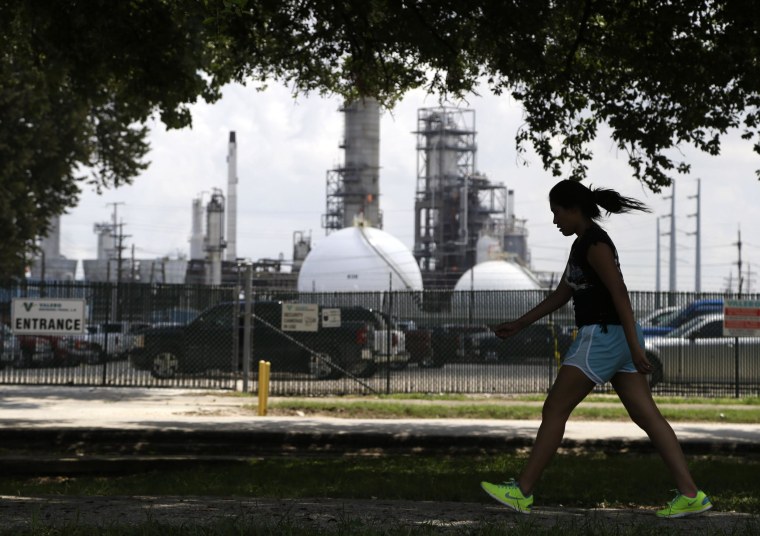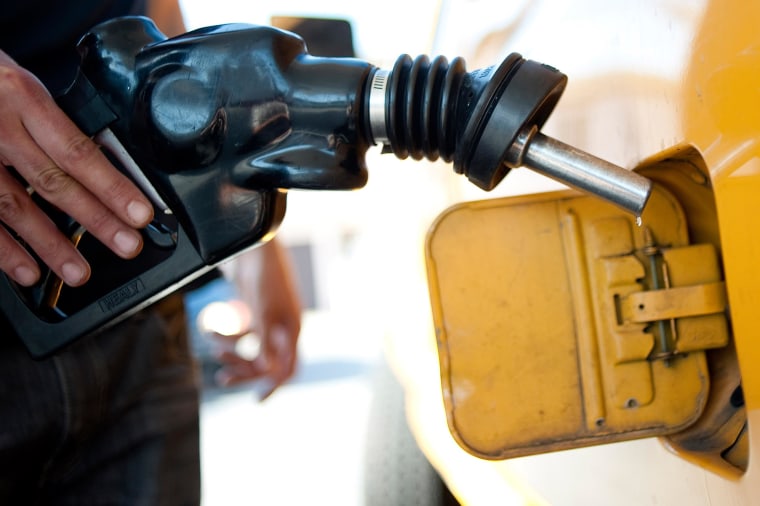The dribbles and drops of gas splattering onto the ground at your local filling station could contaminate your water, a new study suggests.
Johns Hopkins researchers determined that a substantial proportion of that spilled gasoline could be percolating through the service stations’ concrete pads, according to the study, published in the Journal of Contaminant Hydrology.
Up until now, the concern has been about contamination from leaking underground storage tanks, said the study’s lead author, Markus Hilpert, a senior scientist and an associate professor in the department of health sciences at the Johns Hopkins Bloomberg School of Public Health.
But “people should be worried about the cumulative volume of gasoline that might infiltrate into the subsurface over the life of the gas station,” Hilpert said. “And that is aggravated by the fact that there is a trend to build bigger gas stations, ones that will sell 10 times the amount of gas sold in stations now.”
The concern isn’t just about the dirt and rock underlying the station, but also about any groundwater the spilled gas might eventually reach and contaminate.
Older studies have found gas additives in the groundwater of urban areas. This new research might explain how those chemicals get into into the water.
"There is something we can do every day ... Be careful not to spill when you pump your gas."
The researchers first constructed a mathematical model to determine how much of the spilled gas might actually percolate into the concrete. Then they did experiments in which they dribbled gasoline onto concrete and observed how much evaporated and how much seeped into the material.
Those dribbles and drops may not appear to be much, but a study commissioned by the Petroleum Institute showed that over the years they could add up to a substantial amount of gasoline, Hilpert said.
In fact, he estimates that at a typical gas station, you’re talking about 1,500 liters being spilled over a 10-year period, including 7 or 8 liters of benzene, a carcinogenic component of gasoline.
Hilpert also worries about spills that are carried off the concrete by rain water.
“The clean water may flow over the concrete and pick up the spilled gasoline and move it to someplace else,” Hilpert said. “It could infiltrate the soil, go down storm drains and end up in the natural surface water.”

Hilpert’s study has highlighted a new way that contaminants might be getting into the water supply, said Yifang Zhu, an associate professor of environmental health sciences at the Fielding School of Public Health at the University of California, Los Angeles.
“I think it’s is clearly an environmental health issue,” Zhu said, who also called it “an understudied area."
“I think the novelty of this study is that it has presented some interesting exposure pathways that weren’t well perceived by the regulators at this point.”
Neither expert had suggestions for regulators who want to fix the problem.
“But there is something we can do every day without additional resources or regulatory authorities: Be careful not to spill when you pump your gas,” Zhu said.
